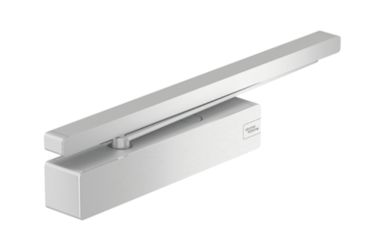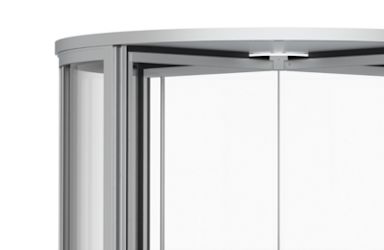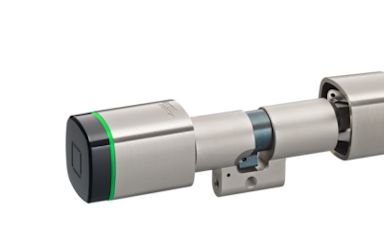Offerings landing page
Products
Discover our products up close
Vertical markets
Access solutions for your industry
Solutions
Integrated Access solutions
We are happy to show you more
dormakaba Schweiz AG
Hofwisenstrasse 24
8153 Rümlang, Switzerland
Phone: +41 44 818 90 11
E-Mail: info.ch@dormakaba.com











